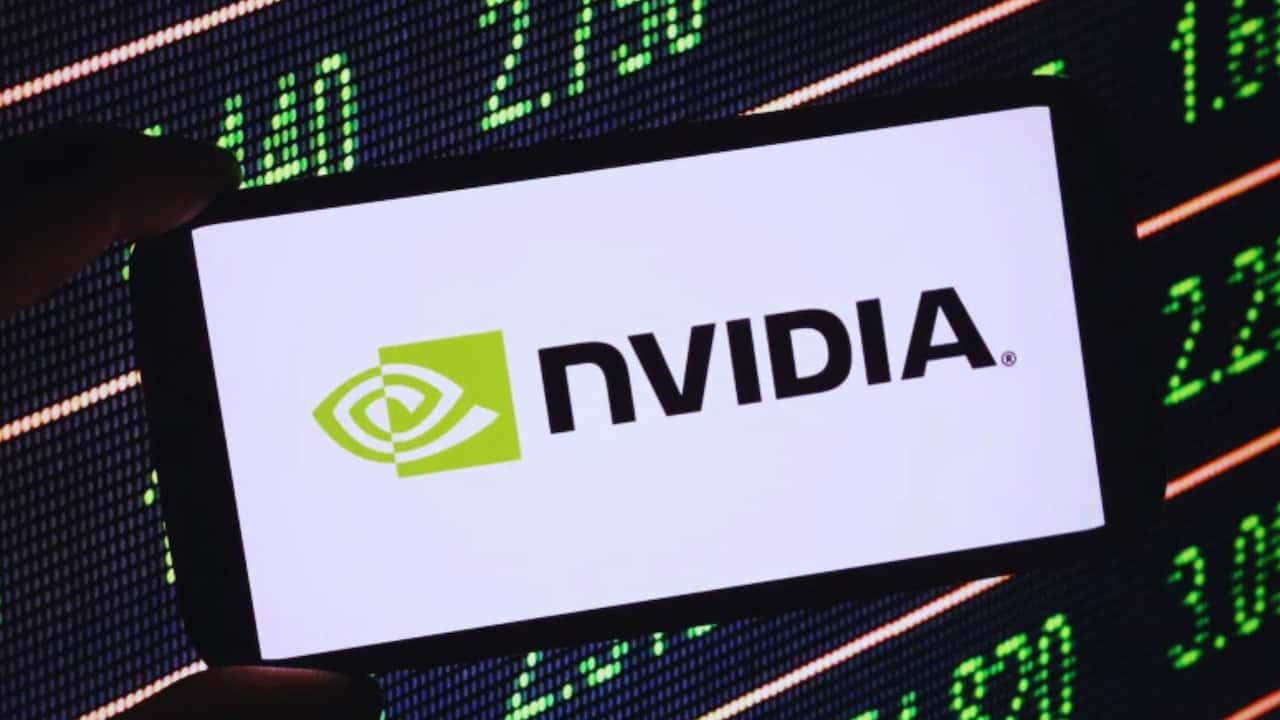Tech Giant’s Meteoric Rise Meets Market Reality: Nvidia’s Q3 Earnings Story
In a dramatic turn of events that underscores the volatile nature of the AI boom, Nvidia Corporation delivered another record-breaking quarter that somehow still managed to leave investors wanting more. The semiconductor powerhouse reported staggering numbers that would make most companies envious yet saw its stock take an unexpected hit in early trading.
Jensen Huang’s tech juggernaut posted an eye-popping $35.1 billion in sales for the third quarter of 2024, handily beating Wall Street’s expectations by $2 billion. This 94% year-over-year growth would typically be cause for celebration, but it represents a cooling off from the company’s previous quarters, where growth had topped 200%.
The market’s reaction was swift and decisive. Nvidia’s shares dropped more than 3% in premarket trading, dragging other chip manufacturers down. Industry giants like Intel, Qualcomm, and Micron Technology saw their stocks decline by 1% or more, while AMD dipped by 0.6%. The ripple effects reached globally, with European semiconductor firms like ASML and Asian powerhouse TSMC feeling the pressure.
But what’s going on beneath these numbers?
The AI Gold Rush Continues Despite the market’s tepid response, Nvidia’s fundamental story remains solid. The company has become the world’s most valuable chipmaker, even briefly overtaking Apple, riding the wave of artificial intelligence adoption. Their chips power many of the world’s most advanced AI models, including the famous ChatGPT, cementing their position as the backbone of the AI revolution.
The Blackwell Factor Looking ahead, all eyes are on Nvidia’s next-generation chip, Blackwell. In a telling sign of continued strong demand, CEO Jensen Huang revealed during the earnings call that customer interest in Blackwell already exceeds the company’s production capacity. This suggests that despite increasing competition, Nvidia’s technological edge remains sharp.
Storm Clouds on the Horizon? However, investors and analysts point to several challenges that could test Nvidia’s dominance:
- Increasing competition from AMD and customer-developed chips
- Geopolitical tensions between Washington and Beijing affecting market access
- Heavy dependence on Taiwan Semiconductor Manufacturing Company (TSMC)
- Narrowing profit margins as the market matures
The Bigger Picture Industry experts, including Hargreaves Lansdown’s head of equity research, Derren Nathan, suggest that the stock’s dip might be more about sky-high expectations than fundamental weakness. “Even outstanding isn’t enough for some investors,” Nathan noted, predicting a potential bounce back once markets digest the whole picture.
Nvidia’s CUDA platform and first-mover advantage in the AI industry continue to provide strong competitive moats. The company’s role in the global shift toward AI remains critical, with organizations worldwide experimenting with and deploying AI solutions at an unprecedented rate.
As we look toward 2025, Nvidia’s journey embodies the enormous potential and the growing pains of the AI revolution. While some investors might be catching their breath, the company’s fundamental position in the AI ecosystem appears more vital than ever.
The real question isn’t whether Nvidia will continue to grow but how it will navigate the increasingly complex landscape of competition, geopolitics, and ever-rising expectations.
For now, Jensen Huang’s vision of the “age of AI” being “already here” seems prophetic, even if Wall Street occasionally needs convincing. As enterprises and governments worldwide continue their AI investments, Nvidia’s story remains one of the most compelling in tech despite the occasional market jitters.
